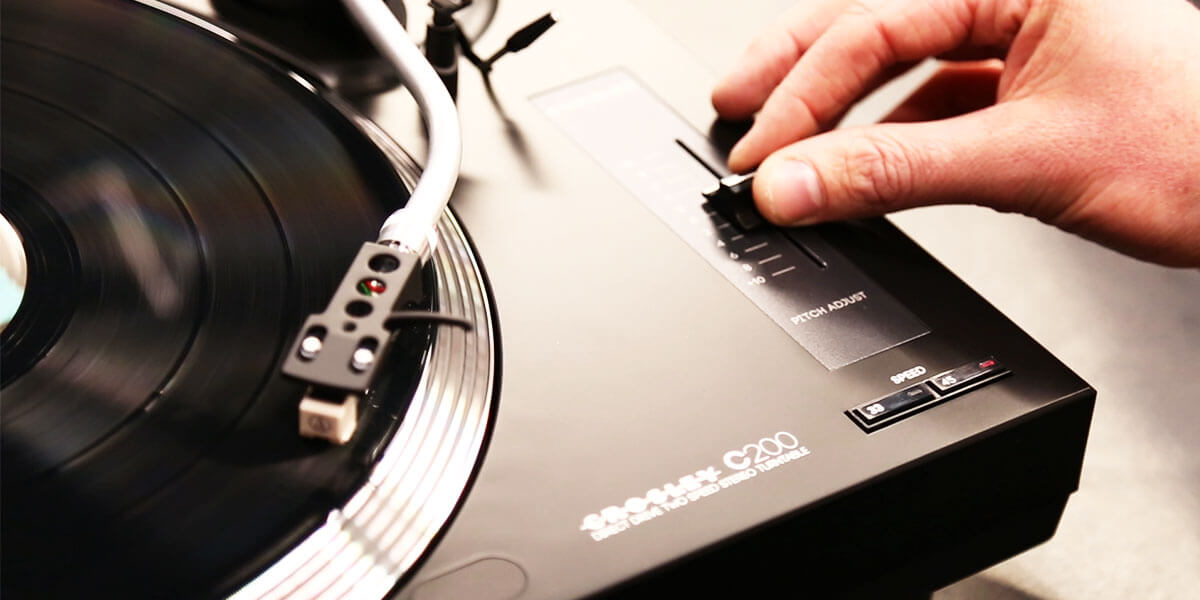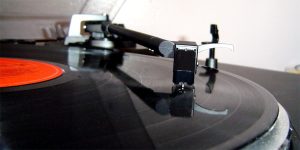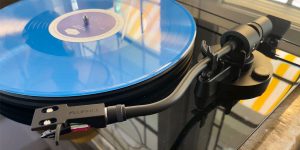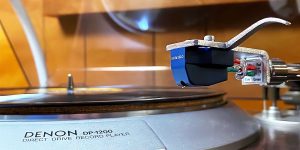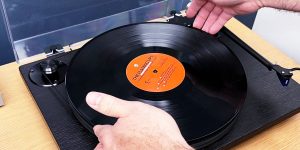In the intricate world of music, every nuance counts. Imagine a record player that hands you the reins of your sound. Yes, I’m talking about a turntable with pitch control. This feature allows users to adjust the rotation speed of the disc, ensuring precise playback of vinyl records. When you’re tweaking this tool, you’re essentially modifying the speed at which the stylus traverses the record. I will help you to delve deeper into this captivating domain of mechanism mastery.
Historical context
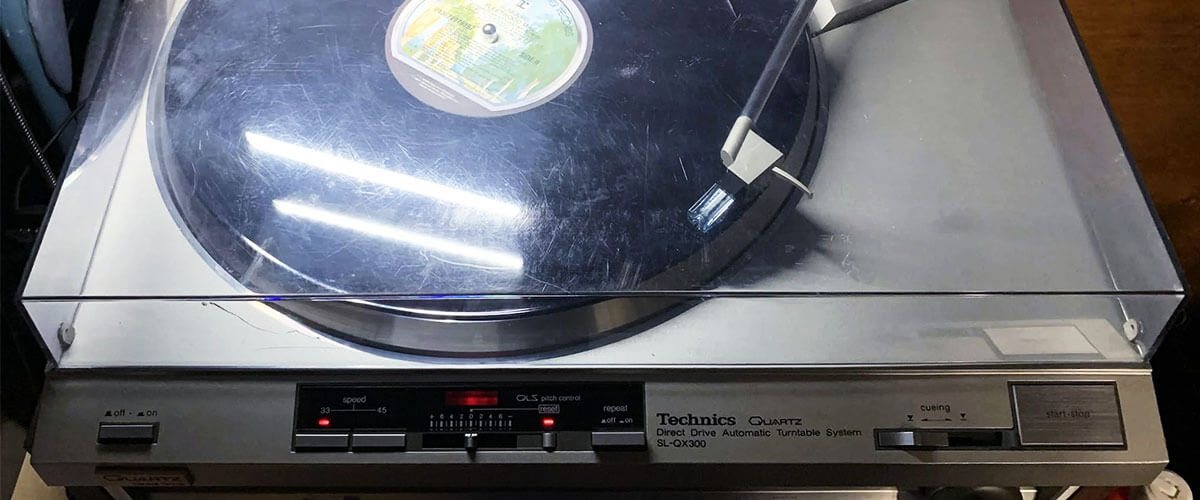
Tracing the evolution of pitch control on record players, an odyssey mirroring broader shifts in music and technology. Let’s walk this path together:
The dawn of phonographs: When phonographs and gramophones first graced our world, they were nothing short of miraculous. Yet, they relied on unpredictable mechanisms, such as hand cranks or rudimentary motors. What did this mean for you, the listener? It meant inconsistent speeds during playback. Thus, your favorite tunes might have strayed in pitch and tempo, not quite hitting the note the artist intended.
Technological constraints: The initial absence of pitch control wasn’t due to negligence. It was a technological boundary of its time. Why should this matter to you? The sole objective back then was to capture and relay sound. While groundbreaking, the outcome wasn’t always precise, making it challenging to deliver music in its true essence to listeners like you.
The need for pitch control
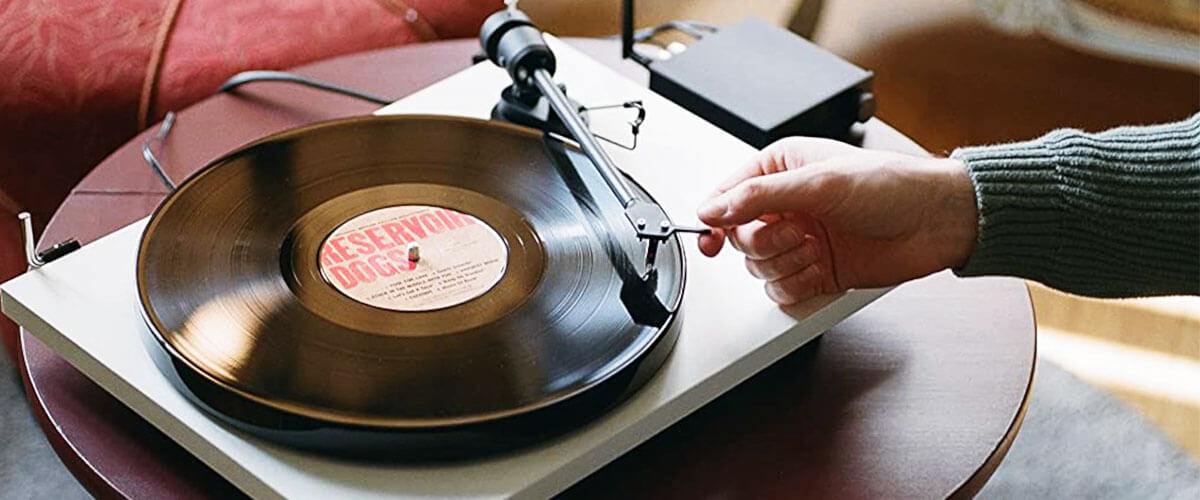
The dynamic landscape of music has always driven the need for refined control over audio playback.
Why precision matters? Think about the sheer variety of music genres you enjoy or the rise of DJing that you might have witnessed. With these changes, you, like many others, began to crave pitch control that hits the mark. Ever tried syncing visuals with music or beat-matching tracks? You’d know the significance of pitch precision.
Imagine a musician, pouring heart and soul into a composition, hoping that when you press play, you hear it exactly as they intended. The desire for consistent pitch and tempo is not just about technology; it’s about preserving an artist’s essence for you.
As our world leaned into electronic and digital domains, pitch control underwent a transformation. For audiophiles like you, it shifted from being a “nice-to-have” feature to an absolute must in audio gear.
In my opinion, pitch control has been vital in upholding the sanctity of music. It ensures that the listener experiences the sound just as the artist envisioned, maintaining the intended pitch and rhythm. Modern turntable speed controls are not just tools but bridges to an authentic musical experience.
Types of pitch control
Navigating the world of variable speed turntables, one quickly realizes the pivotal role of pitch control. Let’s delve into its types offers insights:
Manual pitch control
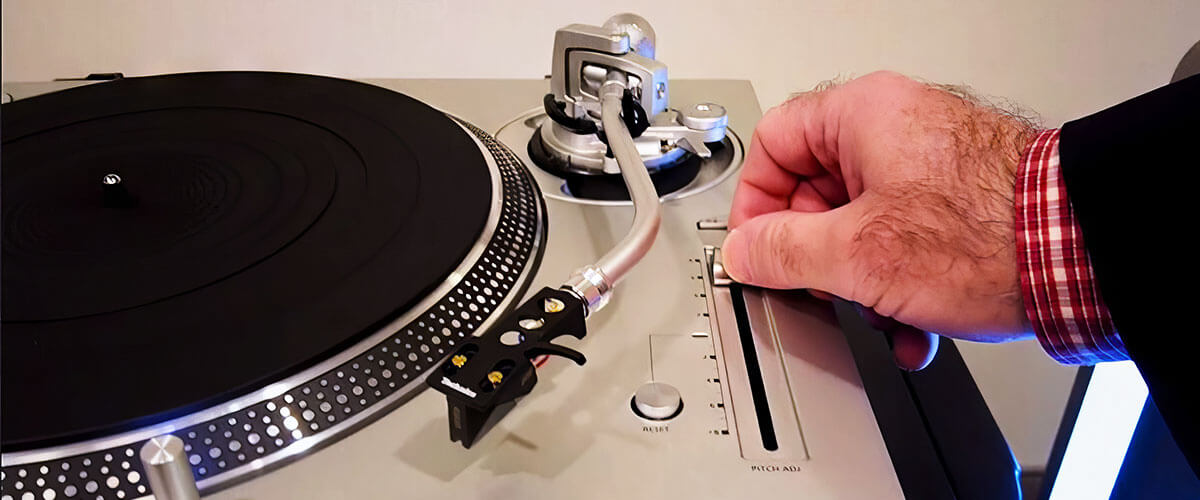
When diving into the realm of pitch control, manual adjustment emerges as one of the most tactile and direct methods for users. It’s a feature that is both traditional and deeply cherished by a segment of the audiophile community.
What is it?
Manual pitch control in a record player with adjustable speed entails a user physically adjusting the pitch by manipulating a slider or knob on the turntable. This tactile method allows for real-time adjustments, granting the user an intimate connection with the playback.
Who uses it?
This method is often found in turntables designed for audiophiles and professionals who desire a high degree of control over their sound. The tactile feedback and the ability to make subtle adjustments on-the-fly make it a preferred choice for many.
How does it work?
The mechanism behind manual pitch control is relatively straightforward. The slider or knob is connected to a variable resistor or potentiometer. As the user moves the control, the resistance changes.This change in resistance, in turn, modifies the voltage sent to the turntable’s motor. As the voltage fluctuates, the motor’s speed increases or decreases, thus altering the playback speed of the vinyl. This variation allows the user to precisely adjust the pitch and speed of the record’s playback to their liking.
In essence, manual pitch control offers a tangible connection to the music, granting enthusiasts the power to fine-tune their auditory experience down to the minutest detail. It remains a testament to the blend of old-school charm with the precision that modern listeners seek.
Quartz lock and digital pitch control
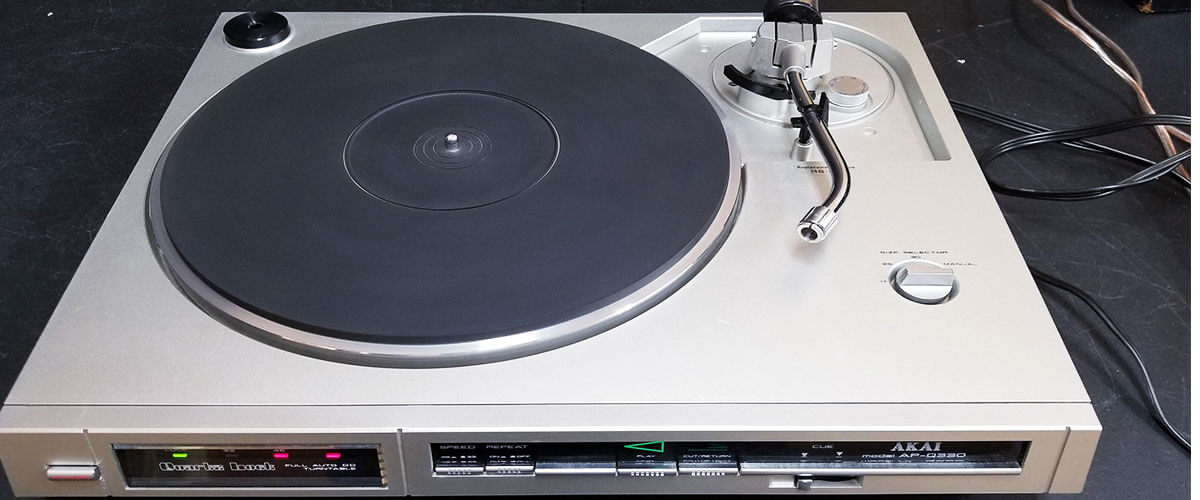
In the vast expanse of turntable advancements, the integration of quartz lock and digital pitch control mechanisms stands out, marking a leap from the tactile manual adjustments to precision-driven automatic control.
1. Quartz lock:
Quartz lock revolves around the stability provided by quartz crystals. These crystals have a specific and constant vibration frequency when subjected to voltage.
Functionality: In turntables, a quartz oscillator controls the motor speed. If the turntable drifts from the desired speed, the quartz oscillator detects the variation and corrects the motor speed to match the set RPM (Revolutions Per Minute), ensuring consistent playback.
Benefits: This provides unparalleled stability, drastically reducing any speed drift.
2. Digital pitch control:
This is a more advanced system that employs digital technology and sensors to maintain and adjust pitch.
- Functionality:
- Sensors monitor the turntable’s speed continuously.
- This data is compared to a digital reference signal.
- Flexibility: Beyond mere stabilization, many digital pitch control systems allow users to adjust speed within a range, combining precision with customization.
Both quartz lock and digital pitch control utilize modern technology to minimize speed drift and fluctuations, ensuring a consistent and precise listening experience.
Maintaining pitch calibration
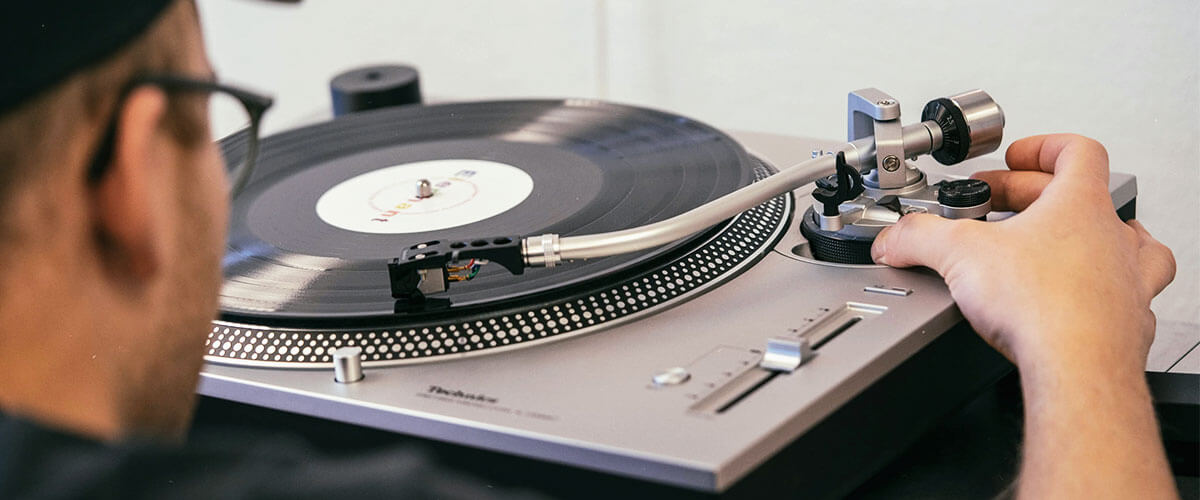
Maintaining the optimal performance of your turntable isn’t just about enjoying flawless music today, but it’s also about preserving its quality for the years to come. Here are the basic steps in ensuring the precision of your turntable’s pitch:
1. Regular calibration checks:
Importance: As with any precision instrument, turntables require periodic calibration to maintain pitch accuracy over time.
Frequency: It’s wise to check calibration every few months or whenever you notice discrepancies in pitch.
Benefits: Regular checks detect deviations early on, preventing long-term issues that could compromise sound quality.
2. Cleaning and maintenance:
Focus: Keep your turntable clean, paying special attention to the disc, motor, and tonearm.
Priority: Dust, debris, and build-ups can hamper pitch stability. Regularly removing these contaminants ensures the components function at their best.
3. Lubrication:
Necessity: Proper lubrication ensures smooth operations and consistent pitch control. Without it, parts can wear down more rapidly, and performance may be compromised.

